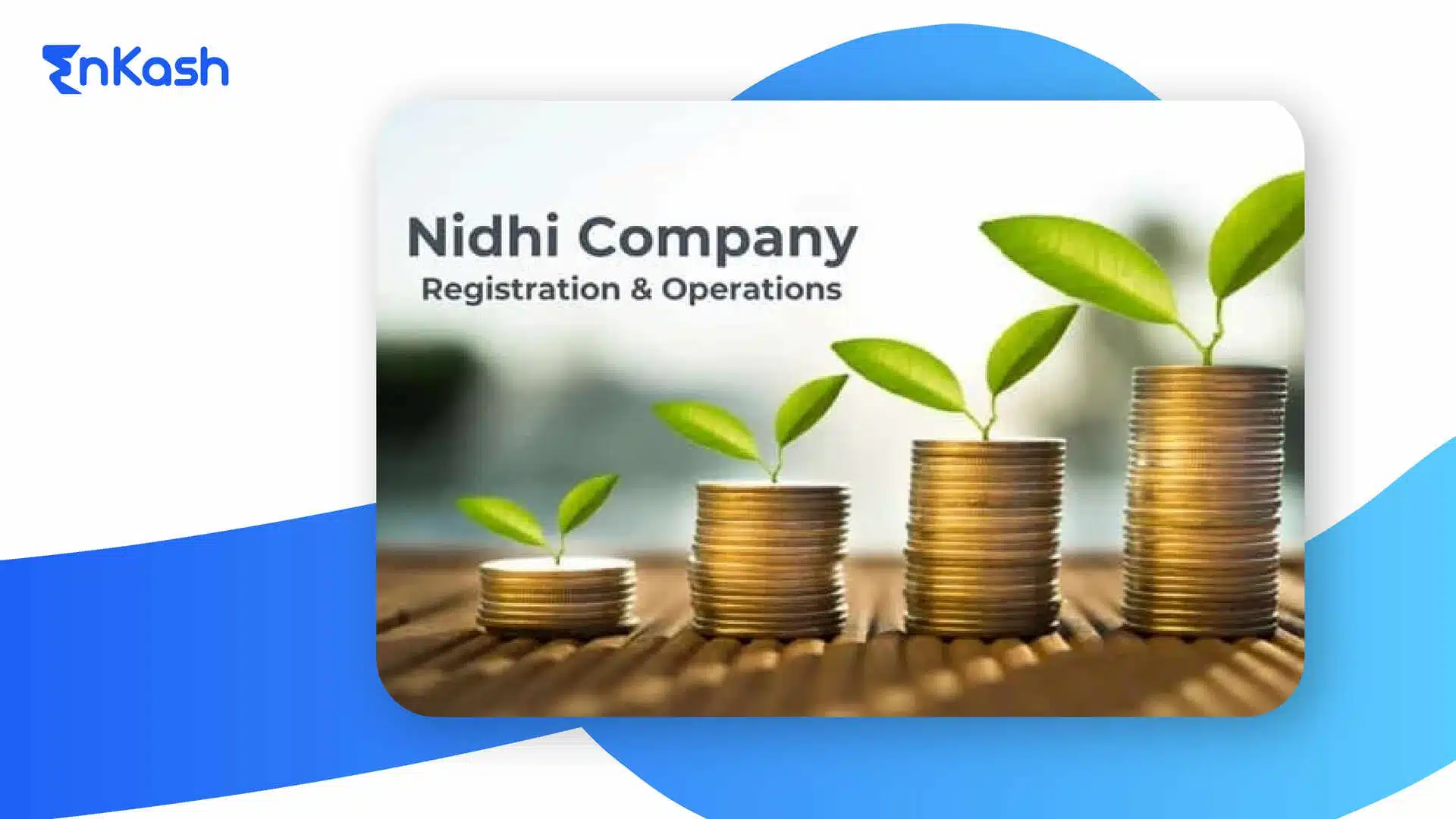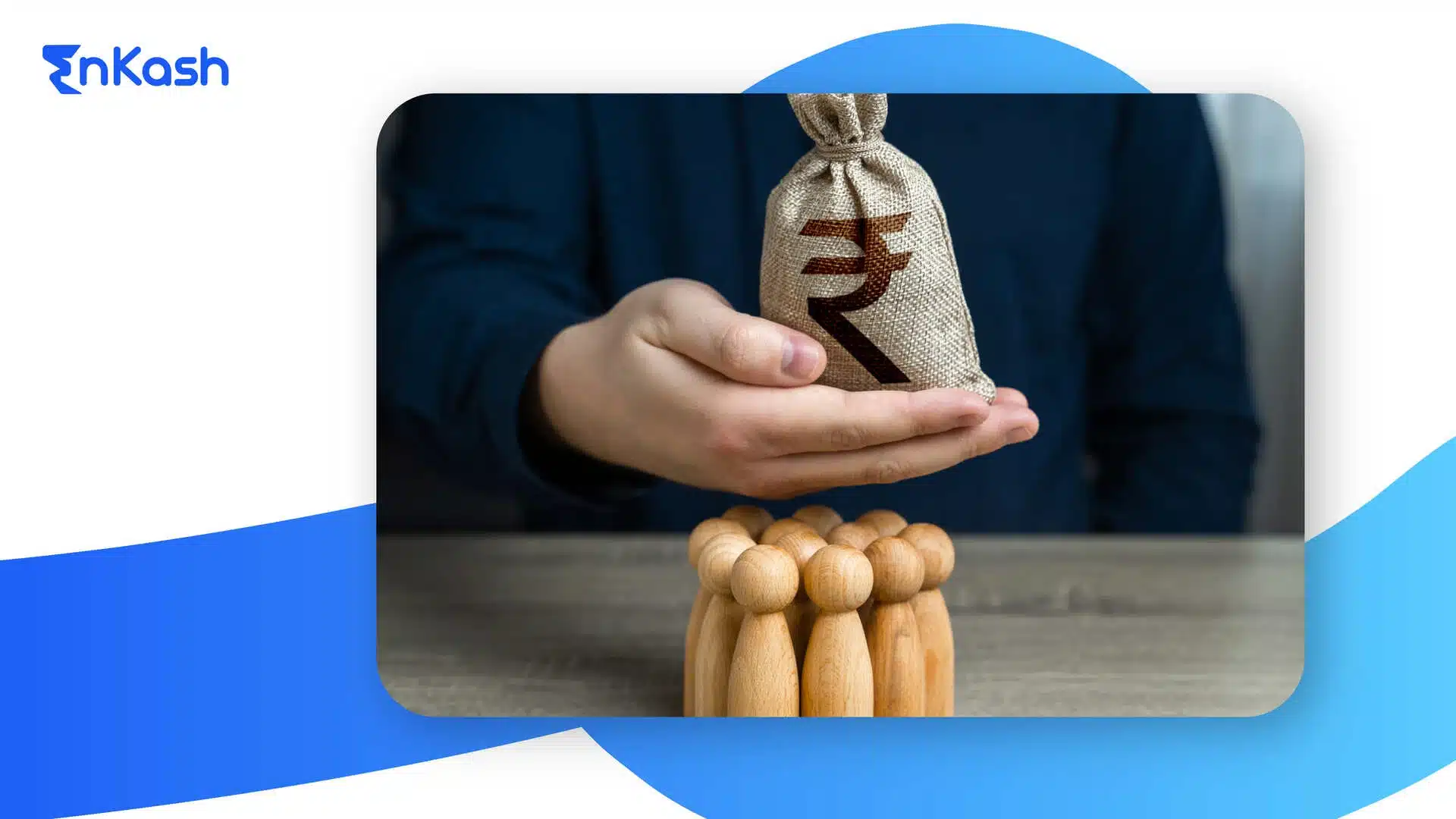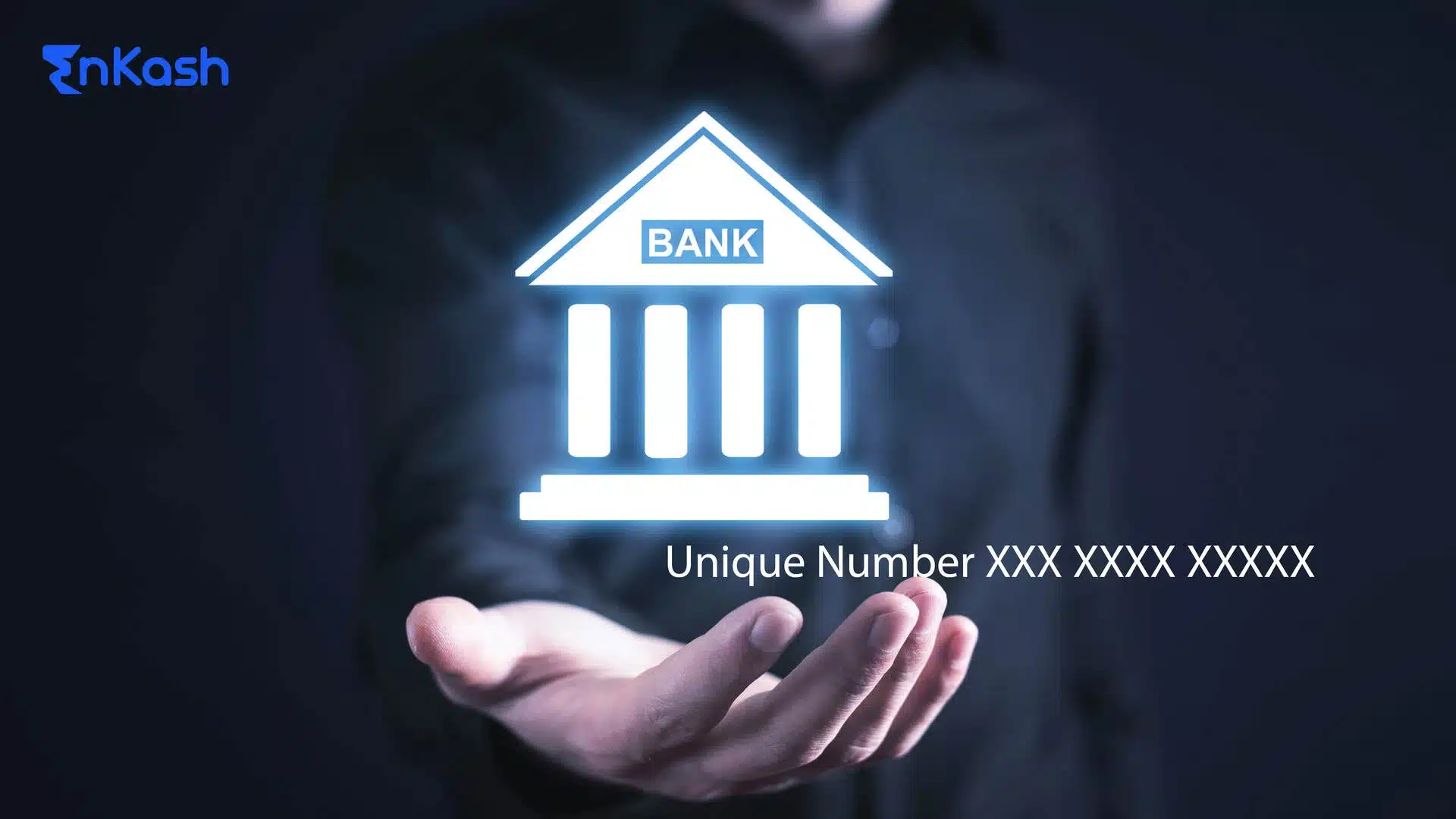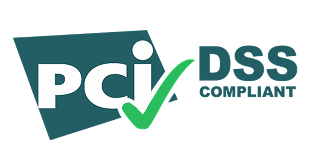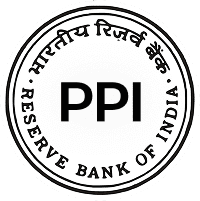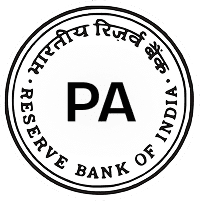Across India, small and medium businesses are increasingly adopting QR codes to accept payments. It is no longer seen as something new or experimental. More and more people now use it to pay for groceries, meals, deliveries, and everyday services. A simple sticker with a black-and-white pattern, usually placed on a counter, can now link the buyer and seller in seconds. The transaction is quick, safe, and does not involve touching anything.
For small and medium businesses, this shift has been significant.. QR codes connected to UPI have made things easier. Businesses no longer need to invest in costly card machines. They save time on each transaction, as payments are processed instantly. Even local sellers, who once dealt only in cash, can now be part of the formal payment system. And this requires very little effort or cost.
In this blog, we will look closely at the role of QR codes in India’s contactless payment system. The blog will also explain how UPI QR code payments work and share how they are being used in real life. We will discuss important security points and end with some practical tips for businesses looking to use this system in the future.
The QR Code Payment Boom: What’s Happening Right Now
India’s digital economy is growing fast. QR code payments are somewhat at the center of this growth.
This shift from cash or cards to QR codes has helped small and medium businesses in many ways. It has made it easier for them to be part of the digital system. Shopkeepers in small towns and delivery workers in cities now accept payments using printed QR codes.
Government support has made this possible. One major reason or policy behind this is the zero merchant discount rate for UPI payments. This means businesses do not have to pay extra fees to accept digital payments.
Previously, merchants had to incur extra costs for card machines. UPI QR codes removed that burden. QR payments are not just used in shops anymore. They are now common in restaurants, salons, vegetable stalls, taxis, courier services, and many more places. Even the smallest businesses use them.
Many merchants also use soundboxes. These devices announce when a payment is received. This helps them confirm transactions easily.
Read More: 12 Facts About Different Modes of Payment
Types of QR Code Payments in India
QR code payments in India have developed into different types. Both businesses and customers need to understand these types. Knowing the difference helps in choosing the right option for smooth and secure transactions.
Static QR Codes
Static QR codes are the most commonly used ones. If we leave businesses, even individuals use static QR codes to receive payments. They are mostly seen with small businesses across India. These codes stay the same and do not change from one payment to another. Once a static code is created, it can be printed and displayed for long-term use. The code usually contains the merchant’s UPI ID or virtual payment address.
When a customer scans a static QR code, they are asked to enter the amount manually. After entering the amount, they confirm the payment using their UPI PIN. This method is simple and effective for daily use.
Small shops, tea stalls, roadside vendors, and local sellers use static QR codes regularly. These sellers deal with fewer transactions and smaller amounts. For them, static codes are easy to handle. They do not cost anything to maintain and do not need a digital device to operate. Just a printed code on a sticker is enough to start receiving payments.
However, there are some drawbacks to static QR codes. Since the customer has to type the amount every time, it can take a bit more time. There is also no link between the payment and the product or invoice unless extra software is used. So, for shops with large sales volumes or automatic billing needs, static QR codes may not be the best choice.
Dynamic QR Codes
Dynamic QR codes are created for each payment separately. These codes are more advanced. They provide better security, comparatively. A dynamic QR code includes the amount to be paid and may also include an invoice number or order details. Each code is meant for one-time use and usually expires after a short time.
Dynamic QR codes are common in supermarkets, restaurants, cafés, and modern retail stores. These businesses use digital billing systems or POS terminals to generate the QR codes. When a customer scans the code, they can see on their screen that all the payment details are already filled in. The customer just needs to approve the payment.
As mentioned before, these QR codes are also safer. Since each one is used only once, they cannot be misused or changed.
Learn How to Use QR Code Payment Facilities
Static and Dynamic QR Codes
As discussed, for small businesses, UPI QR codes come in two formats:
- Static codes
- Dynamic codes
Both static and dynamic QR codes are connected to the business’s UPI ID or bank account. When a customer scans the QR code, the UPI app begins processing the transaction.
This process uses two-step verification. The first step is the customer’s mobile device. The second is the UPI PIN.
To complete the transaction,
- The customer opens any UPI-enabled app.
- They scan the merchant’s QR code using the app.
- The QR code reveals the seller’s UPI ID.
- The customer enters the amount or confirms the pre-filled amount.
- They enter their UPI PIN to approve the payment.
- The money is transferred from the buyer’s bank account to the seller’s account.
- Both the buyer and seller receive confirmation instantly.
UPI is built on strong banking systems that are managed by the National Payments Corporation of India. QR payments do not share the customer’s bank information at any point. Every step of the payment is encrypted and protected by the user’s mobile and PIN. For small and medium businesses, this reduces the risk of fraud. It keeps the business safer and provides confidence with every transaction.
Why QR Code Payments Make Sense for SMBs
Small and medium businesses need payment systems that are quick, low-cost, and reliable. QR code payments meet all of these needs.
1. No Cost to Start
Banks and payment platforms usually provide QR codes for free. Merchants only need a smartphone and a bank account to begin accepting payments. There is no need to invest in or maintain a card machine. This keeps setup costs low.
2. Faster Transactions
QR code payments are made super quickly. It just needs a few seconds, specifically. There is no need for customers to bring exact change or carry their cards. They simply scan the code and pay. This helps reduce waiting time, especially during rush hours.
3. Clear Transaction Records
Every QR payment is recorded exactly when the payment is made. Business owners can view their transactions anytime and, thus, keep proper accounts.
4. Enhanced Customer Experience
It can be thoroughly noticed that people now prefer to pay using QR codes. If a business does not accept QR payments, it may lose customers. Having a QR code payment gateway means providing convenience to the customers in terms of making payments.
5. Safety and Hygiene
QR code payments reduce physical contact. There’s no need to exchange cash or use a card machine. It continues to matter, especially in sectors like food service, beauty salons, healthcare, etc. Customers feel safer when they do not have to use devices given by shop owners to clear their dues.
Using a UPI QR code helps small and medium businesses keep up with customer needs, manage money better, and grow with less effort.
Read More: RBI-Approved Online Payment Gateway Built for Growing Businesses
Sector-Wise Adoption: QR Codes at Work
Let’s look at how QR code payments are working in different sectors.
Retail and Grocery
It is now common to see QR codes near the cash counter of small neighborhood shops. Even if you want to buy something that costs Rs 5, you can easily pay through these codes.
Larger retail stores have also adopted these QR systems. They now use dynamic QR codes that are printed on customer bills. Whenever the customers scan the code, they can see the exact amount they have to pay. Some stores also use soundboxes that announce payment confirmations. Government offices like railway ticket counters or electric bill-paying windows, too, accept payment through dynamic UPI QR codes now.
This change has helped stores work more efficiently. It has also reduced the need to keep cash at hand. More importantly, it creates a digital payment record. This record helps shop owners when applying for loans through apps or banks.
Food and Beverage
Restaurants, cafes, food stalls, food trucks, and even the ones who ferry and sell food have adopted secure QR code payments efficiently. Many food places now place QR codes directly on tables or near the cash counter. Customers can scan and pay without asking for the bill.
For customers, this makes payments quicker and far more convenient than paying with cash or cards. For restaurants, it reduces waiting time.
Logistics and Delivery
When delivering packages, UPI QR codes allow customers to scan and pay instantly. This avoids the need to handle cash. It also helps in recording transactions faster.
Public transport is also adapting. In many cities, especially in metropolitan areas, auto-rickshaws, buses, and taxis now accept QR payments. This gives passengers an easy and quick way to pay.
What Happens Behind a QR Code Scan
A QR code may look like a box filled with black and white squares. However, it holds a digital system designed to send information quickly. When you scan it with a smartphone camera, it does more than just show text or a link. It reads structured data and performs tasks like opening a website or processing a payment.
The Digital Blueprint of a QR Code
Each QR code has different sections. And each section has a job to do. The three large squares at the corners are called positioning markers. These help your phone know where the code starts and how it is turned. This way, the scanner can read it from any direction.
Inside the code are timing lines. These are black-and-white rows that run across the code. They help the device understand the size and layout of the grid. The main part of the code stores the actual data. This data is split into parts and arranged neatly. It also has extra data added for safety. If the code is scratched or damaged, the scanner can still recover the correct information.
From Data to Pattern
The process begins when someone enters information into a QR code generator. This could be a website link, contact details, or payment info. The system breaks the data into smaller blocks. Then, it arranges these blocks in a grid. Each black-and-white square represents a binary value. This turns the whole image into a digital message that devices can understand.
How Devices Decode It
When you scan a QR code using your phone camera, the device captures the image. It then reads the position of the three big squares and the timing lines. Using this, it figures out the shape and angle of the code. Next, it starts to piece together the original message.
This entire process takes just a second or two. The final result is a payment instruction when you scan a UPI QR code.
In digital payments, the code often includes the seller’s account details. Once scanned, the app reads this information. It fills in the seller’s bank or virtual payment address. Sometimes, the amount is also filled in by default. The customer only needs to check the details and approve the payment.
Read More: Mobile Payment Solutions
What Customers Gain by Using QR Code Payment Systems
The growing use of QR codes is not just because of businesses. Customers are driving this shift as well. Many people now use UPI for everyday payments as it is easy to use, fast, and, most importantly, dependable.
1. No Need for Cash or Cards
With QR code payments, customers do not need to carry cash or cards. A smartphone is all they need. This helps them pay quickly without visiting ATMs or looking for change. Whether they are paying for groceries, tea, or a service, the process takes only a few seconds.
2. Safe and Contactless Payment
Every UPI transaction asks for a secure PIN or fingerprint. Customers do not have to share their bank details or card numbers. This adds a strong layer of safety. It is safer than handing over a card or swiping it at a store they do not trust.
3. Real-Time Proof
UPI payments go through instantly. The customer gets a message and app alert right away. If anyone asks for proof, they can show the reference number on their screen. This reduces confusion during transactions.
4. Cashback and Rewards
Many UPI apps give rewards for using QR codes. These can be cashback or digital scratch cards. Even if the rewards are small, they give customers one more reason to scan instead of paying with cash.
5. Clear Expense Tracking
UPI apps automatically record each transaction, allowing customers to track spending patterns and manage budgets.
How SMBs Can Set Up QR Payments: A Step-by-Step Guide
Starting QR-based payments is straightforward. Here’s how any SMB can get up and running in a day.
Step 1: Choose a Payment Provider
You can get a QR code through:
- Your bank
- A UPI app
- A payment aggregator like EnKash or a wallet service
Look for providers who offer:
- Easy QR code generation
- Interoperability ( this indicates accepting all UPI apps)
- Fast settlements and simple onboarding
Step 2: Complete KYC
Most providers require basic Know Your Customer documents. Aadhar card, PAN, and bank account proof are typically enough. If you’re registering as a business, you may need GST or trade license details.
Step 3: Generate Your QR Code
Once verified, you’ll receive your QR code. Some providers offer it digitally, others send physical kits. You can also print it yourself and display it prominently at the billing counter, entry point, or delivery table.
Step 4: Train Staff
Make sure your team knows how to:
- Recognize fake payment screenshots
- Verify payment confirmation on the app or via SMS
- Handle issues calmly and ask customers to retry if needed
If you’re a solo operator, it’s equally important to stay alert.
Step 5: Promote It
Let customers know that you accept UPI payments. A simple sign saying “Scan to Pay” above the QR code can increase adoption. If you accept through multiple apps, mention them by name.
Best Practices for Secure and Smooth Transactions
Even though QR payments are secure, some good habits make them even more reliable.
Use Laminated or Protected QR Displays
Ensure your printed QR is not torn, faded, or blocked by tape. Keep it in a visible, clean place. Replace damaged copies immediately.
Confirm Transactions Before Handover
Don’t rely on the customer’s phone screen. Always verify on your device or listen for the soundbox confirmation if you use one.
Stay Alert for Fake QRs
Fraudsters sometimes paste a fake QR sticker over your real one. Check daily that the code hasn’t been tampered with.
Avoid Sharing Sensitive Info
No payment app will ever ask for your UPI PIN, OTP, or bank password. Never enter details into unknown links or suspicious apps.
Keep Business and Personal UPI Separate
For better tracking and compliance, use a dedicated UPI ID or bank account for business payments. It makes accounting easier and avoids confusion.
Monitor Daily Transactions
Make a habit of checking your settlements. Most UPI apps provide daily reports or summaries. These can be used for bookkeeping or tax preparation.
Read More: Payment Gateway Security Features
The Bigger Picture: What the Future Holds
UPI and QR-based payments are expected to grow at double-digit rates for the next several years. For SMBs, this growth will keep unlocking new tools, such as:
Credit on UPI
UPI now supports credit card linkage. Customers can pay using their card through UPI, which may boost purchase sizes. As a merchant, you’ll receive the money just like any other UPI payment.
Data-Based Lending
As your digital payment history grows, banks and fintechs can assess your transaction volume and offer business loans. This is particularly helpful for merchants without formal income proof.
QR in Rural Expansion
UPI is moving into feature phones with voice-based payment systems. QR codes will reach even deeper into rural India, allowing small-town SMBs to transact digitally without needing smartphones.
Conclusion
QR code payments in India have changed the way people pay and how businesses collect money. What started as a simple option has now become a part of daily life. It connects local shops and services with safe, digital payment systems. For small and medium businesses, this shift is helpful. They do not need costly machines or complex setups. A printed QR code is enough to accept digital payments right away.
Using QR codes is not just about looking modern or adopting a contactless payment system. It is about staying in business. Today, many customers ask to scan and pay. If sellers do not accept this method, they may lose buyers. Digital payments also show that a business is simple, safe, and trustworthy. They help sellers keep daily records. These records are useful during tax filing. They also help when applying for loans or planning business growth.
The Indian government thoroughly supports digital payments. Most people now use smartphones, and that makes QR code payments even more common. For any business, using QR codes is not just a good idea, but it has become a smart and necessary step. It is one of the easiest and cheapest ways to grow and stay ready for the future.


